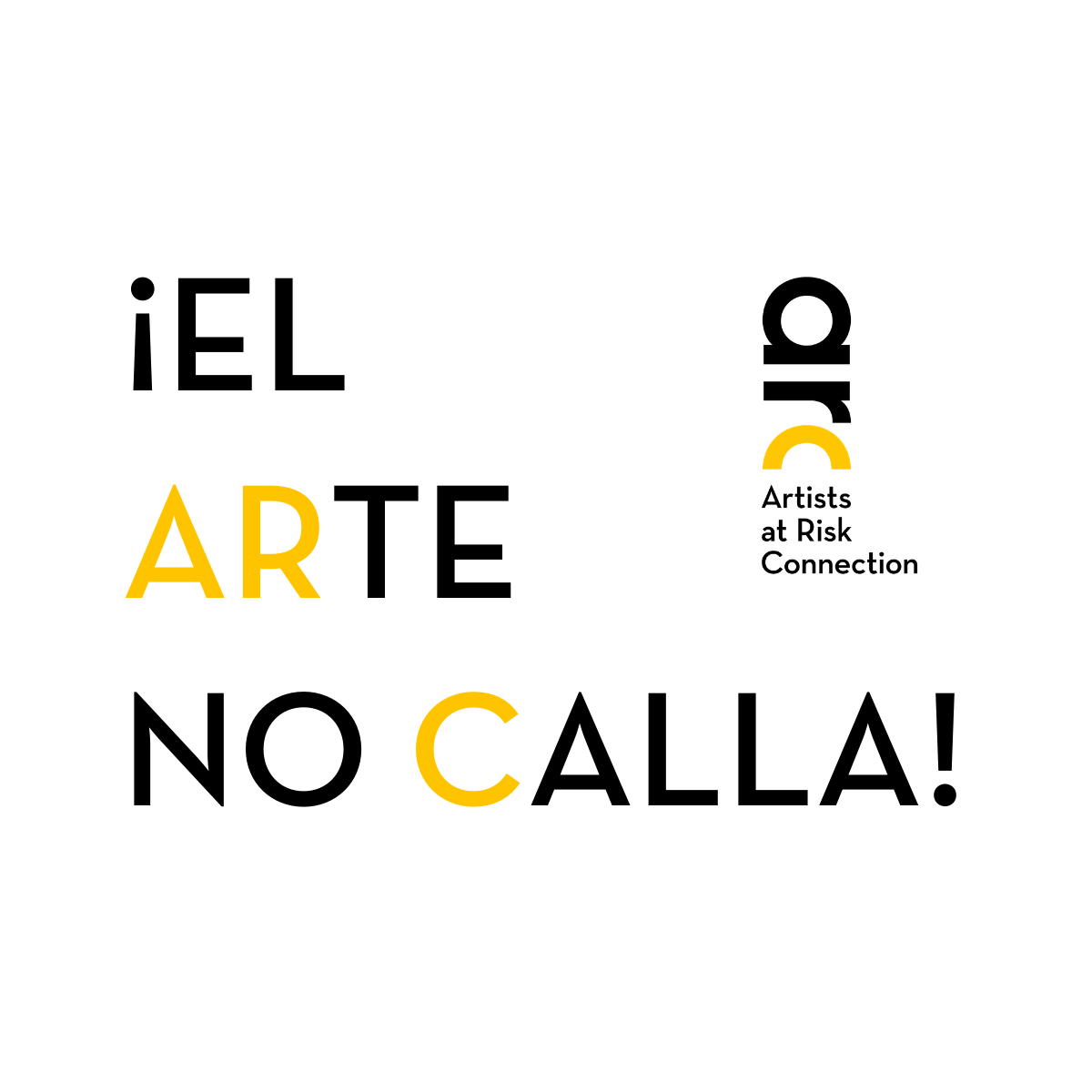Betty Tompkins
Visual Artist
United States

Betty Tompkins’ large-scale photo-realistic paintings of heterosexual intercourse between 1969 and 1974 remained practically unknown until 2002, when they were exhibited together for the first time in New York. This long-awaited exhibition had an immediate impact, broadening the repertoire of first-generation feminist-identified imagery while presaging the contemporary depiction of explicit sexual and transgressive themes. Over the course of her career, Tompkins has been censored numerous times, running afoul of French and Japanese customs agents as well as social media platforms.
“The minute you stop working, they won. You’ve lost. You’ve lost it all. The thing is, the world is not fair, and there’s no guarantee that the world is going to be nice to you. So that choice is yours: Do you want to win at this, or do you want to lose at it? And to me, losing is when you stop doing it. Winning has nothing to do with material success—getting grants or having shows, any of that stuff. What’s important is you don’t lose yourself to yourself.”
I started sex themes in 1969. I was 24 years old and had just finished grad school. I moved to New York, and my first husband had a collection of porn photos that he had gotten before he met me. As a young artist—and now at 75—I wasn’t interested in pretty pieces, and I wasn’t interested in easy pieces. Once I thought about it and articulated it to myself, it was pretty easy for me to walk into galleries and search for that same attitude. Most of the time, I didn’t find it. When I started to look at my first husband’s porn collection, I said, “Oh my god, this is it!” These images, they’re gorgeous. They looked like abstract paintings.
The first time I was censored was in 1973. I was still in my 20s. I was invited to be in a show in Paris, and the curator came, picked out two paintings, and the shippers came and wrapped everything up. This was pre-voicemail, pre-internet, so everything was slow and expensive. To call Paris in 1973 was a lot of money. I was young and I was broke. Eventually I got a letter from the curator saying that my work had been held at customs. It was being charged as pornographic. The only way to get it out was to have it repatriated to the United States.
When I was censored again, in Japan, I reached out to one of the curators of the Lyon Biennale and to some critics I had met. I didn’t reach out to just strangers. I had some sort of real connection with everybody I got in touch with. Eventually, customs let them go.
In spring 2019, my Instagram account was taken down. One day the whole thing just wasn’t there. That really upset me, because you cannot be a visual artist right now without having an Instagram. I had a bunch of shows coming up. That one really laid me low. It was three days of being totally hysterical. But I refused to take it. Around a thousand people wrote in to Instagram, saying: “Restore this account. It’s art. It’s not porn.” My dealer, who’s in Belgium, did a whole article about it. He did an interview about it, and he got the attention of lots of people. It was very generous. They were working furiously behind the scenes to get things going. Three days later, I checked Instagram, and there was my account.
If you get censored, talk to everybody you know and ask them if they can suggest somebody for you to talk to who might have a solution. You have to reach out, you have to keep reaching out, and reach out to whatever entity it is that censored you. Nobody gets through any of these events without help. Part of being a professional writer or artist is building up a professional network. Surround yourself, and you give as well as take.





